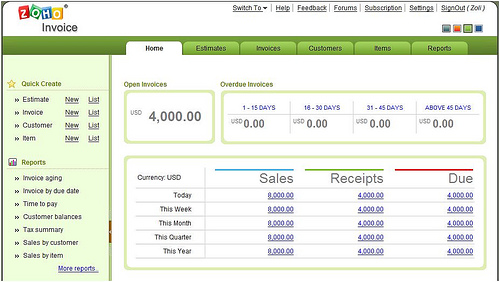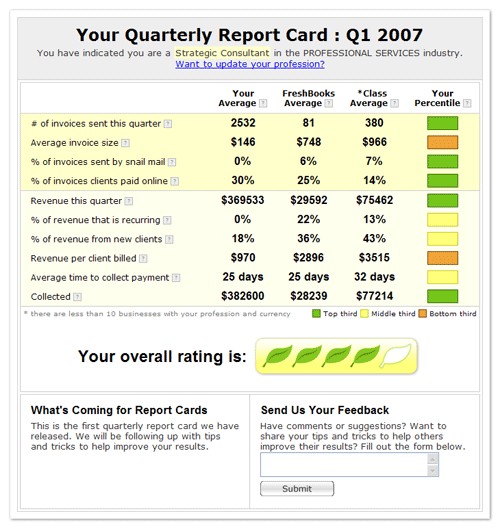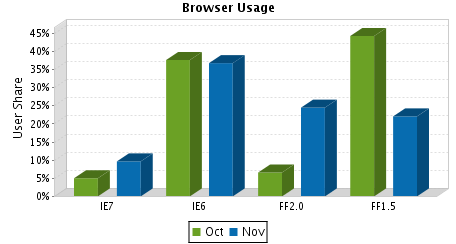Forget software: it’s all about (your) data.
Hyper-growing Financial Management system provider and Quicken / MS Money challenger Mint recently raised eyebrows announcing their plan to sell anonymized aggregate customer data. Some reviewers were screaming, we saw bombastic titles like Personal Finance Startup Mint Wants To Sell Your Money Trail – but in reality the news wasn’t earth shattering. You don’t really believe your spending patterns are not dissected – aggregated – analyzed in every possible way and sold by your bank and credit card company, do you?
So nothing new – but a good opportunity to discuss the role of user data in SaaS business models – and there is more than outright sale of data.


 I’ve repeatedly praised Web-based Invoicing service
I’ve repeatedly praised Web-based Invoicing service 
 Yes, the title isn’t a mistake: TechCrunch is no longer just powerful media, Mike now can single-handedly release new products.
Yes, the title isn’t a mistake: TechCrunch is no longer just powerful media, Mike now can single-handedly release new products. . Today I spent several hours testing a pre-release product,
. Today I spent several hours testing a pre-release product, 





 Yugma
Yugma


 ). Clearly, the majority of new IE7 users are not IE6 upgraders, they came from the Firefox camp.
). Clearly, the majority of new IE7 users are not IE6 upgraders, they came from the Firefox camp.
Recent Comments